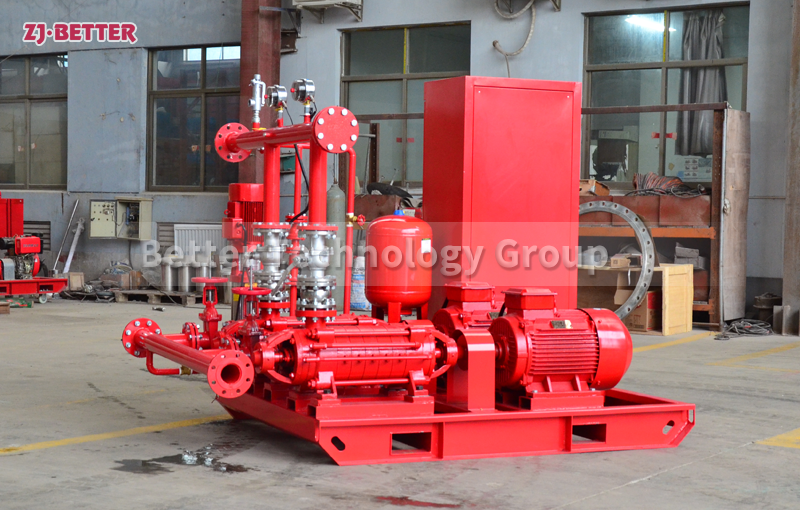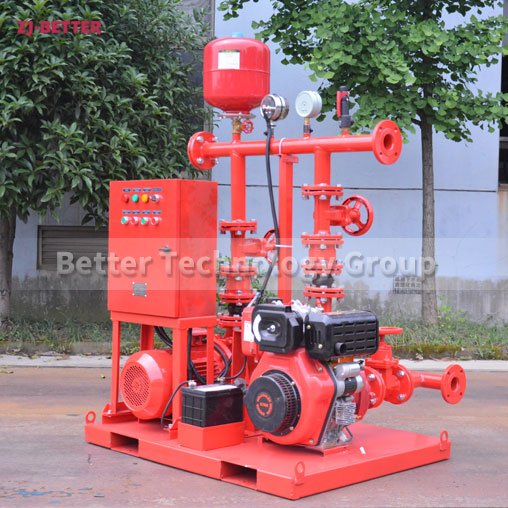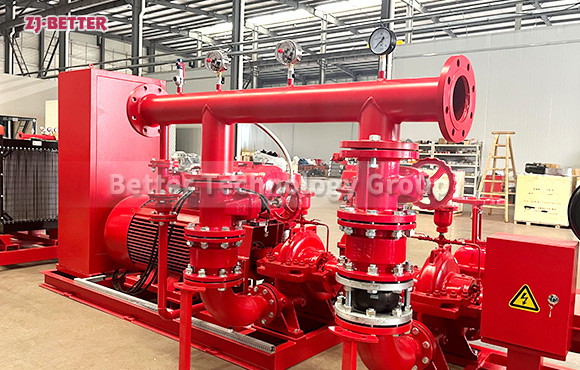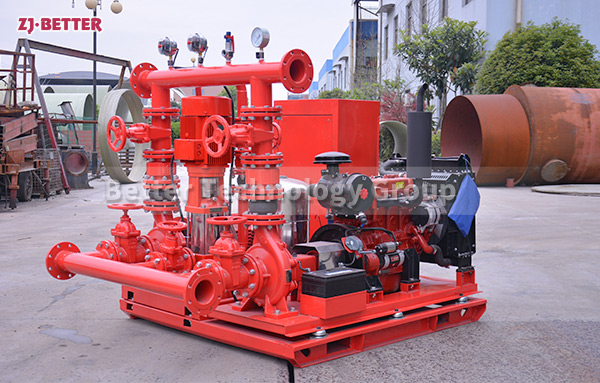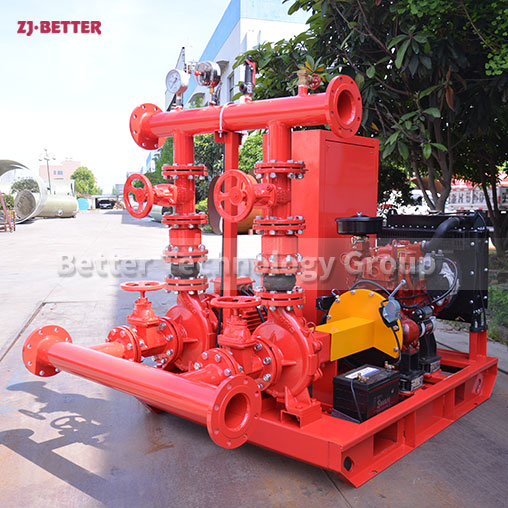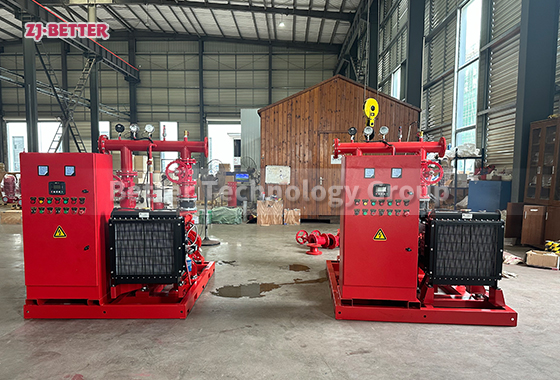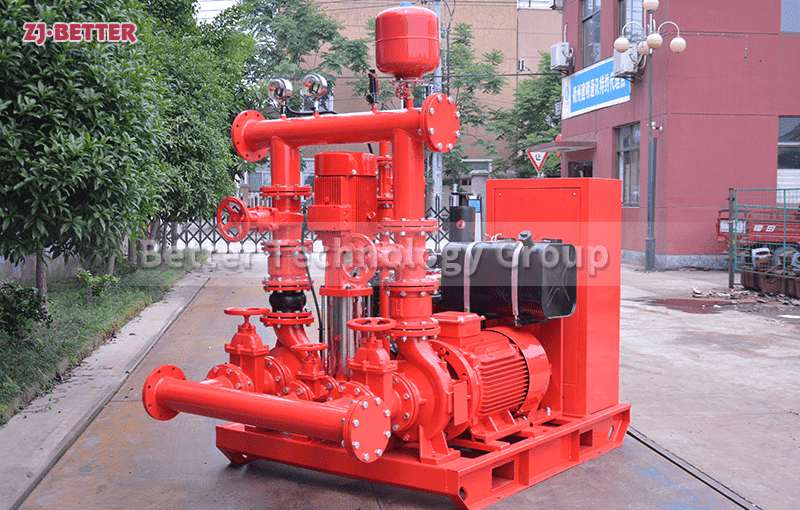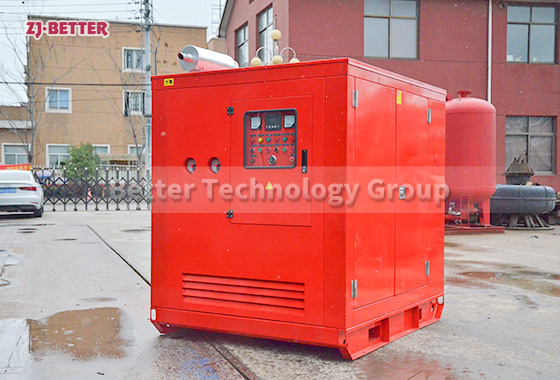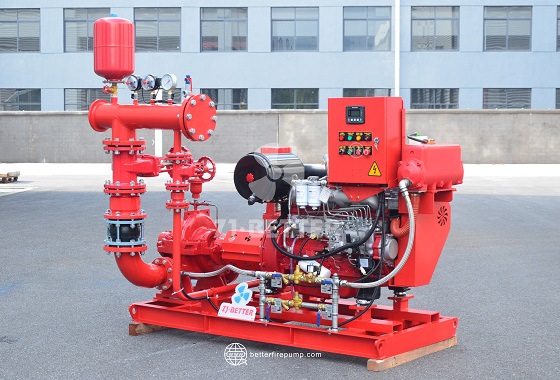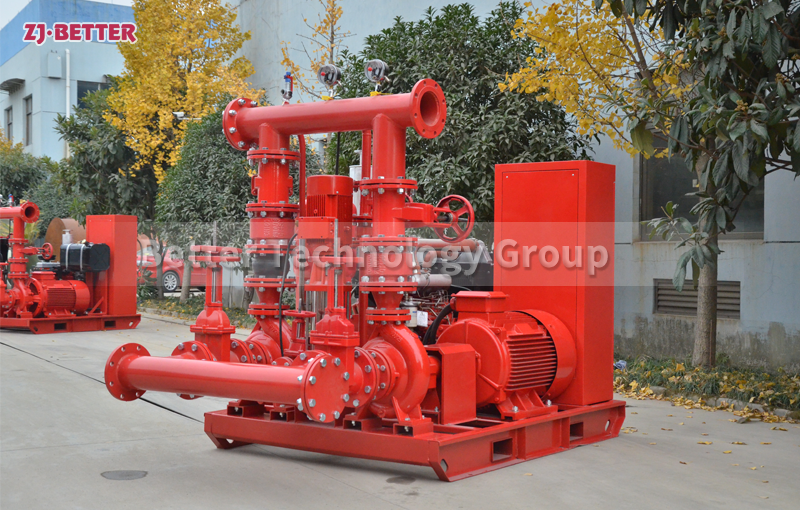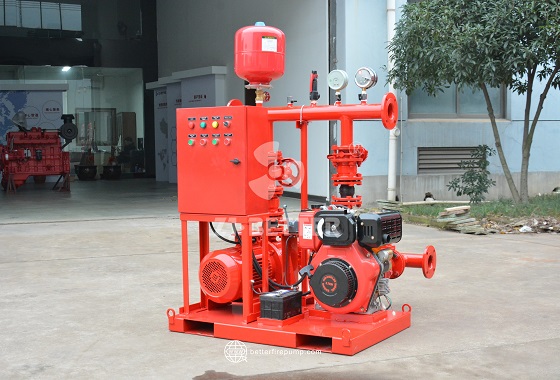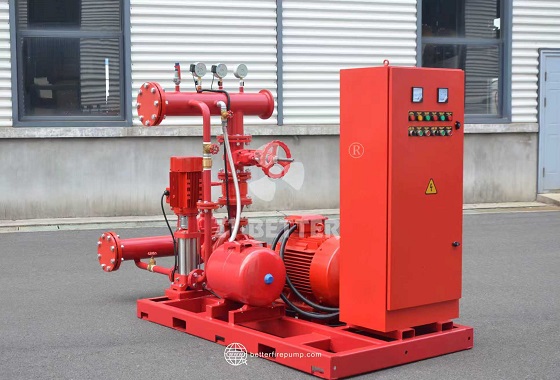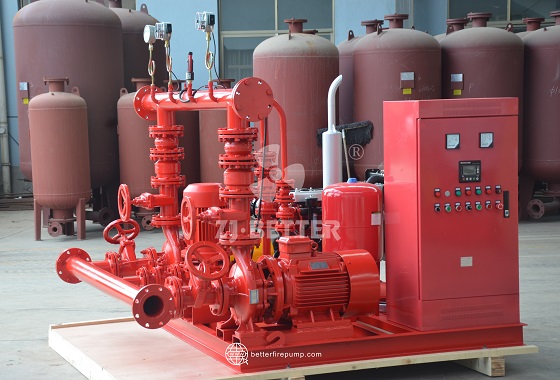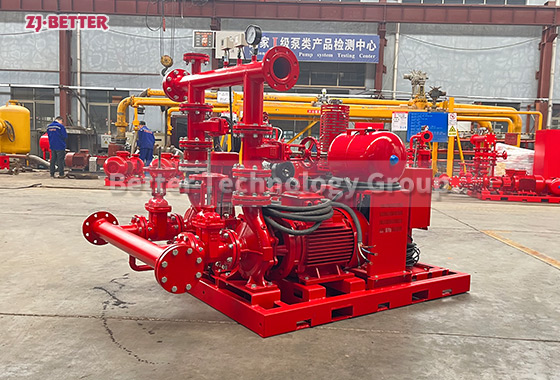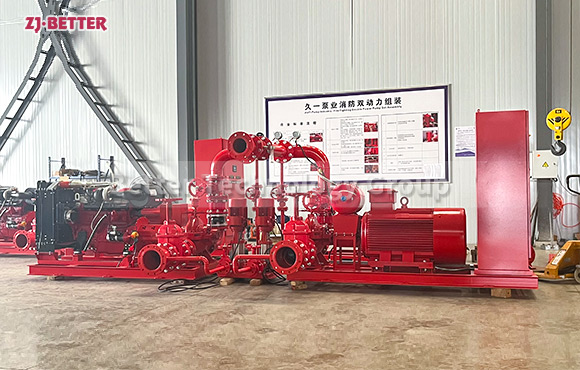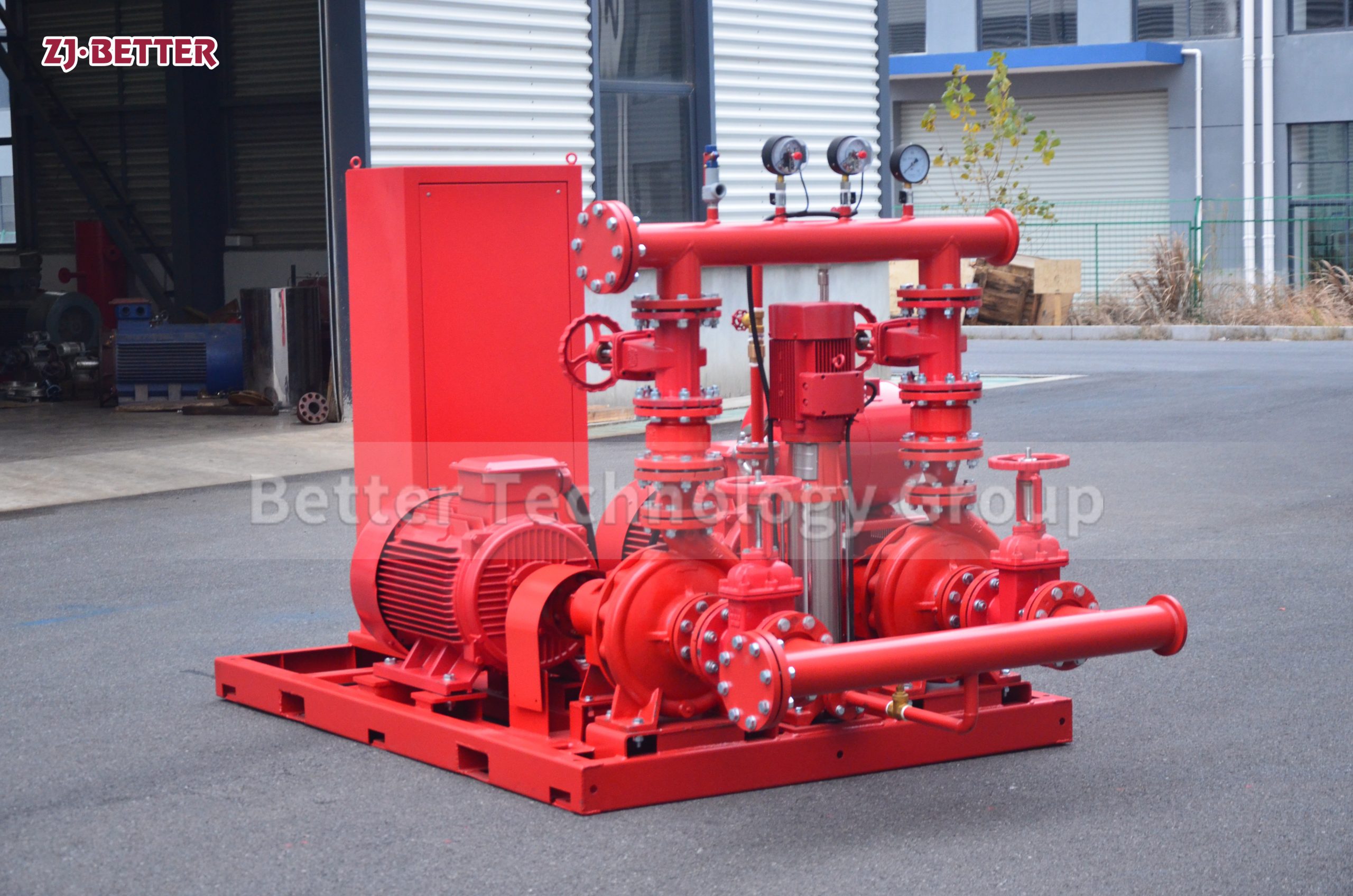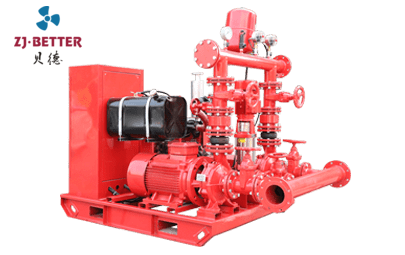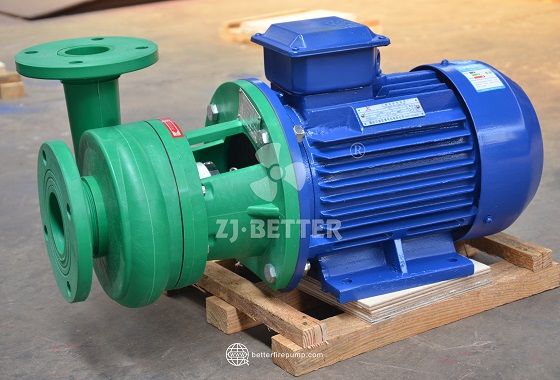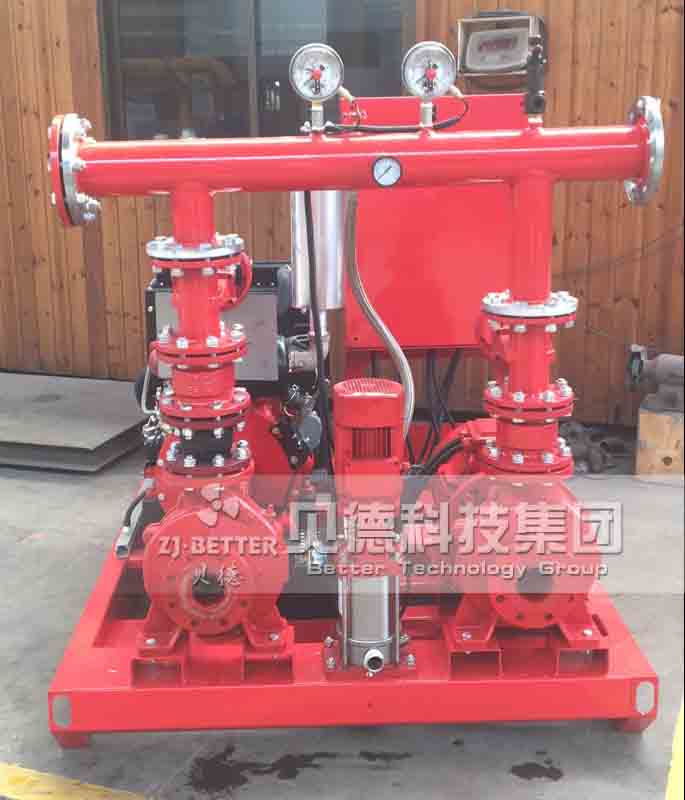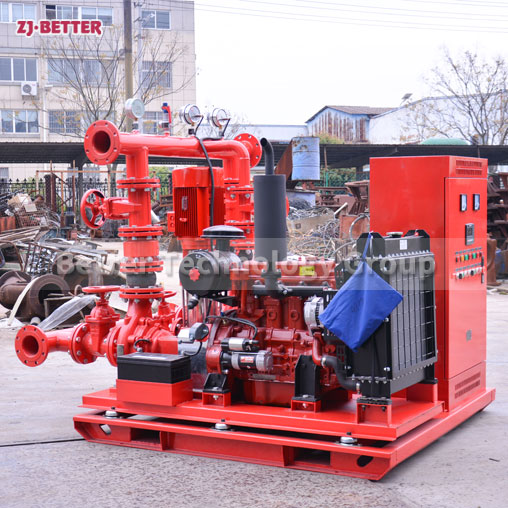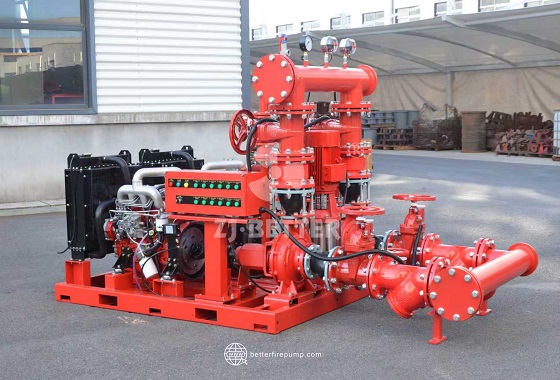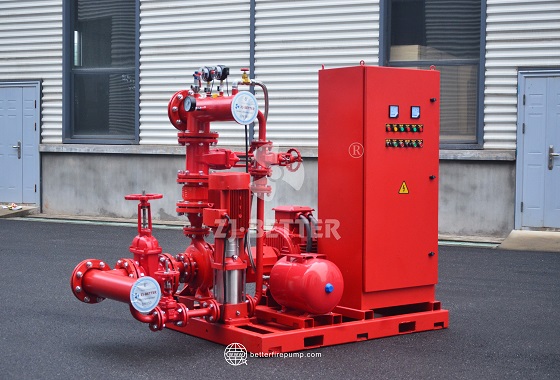Features and principles of horizontal multistage fire pump
Horizontal multi-stage fire pumps can be used to transport clear water without solid particles and liquids with physical and chemical properties similar to water. It is mainly used in pressurized water supply for fire protection system, heating, bathroom, boiler cold and warm water cycle pressurization, water supply for air conditioning and refrigeration system, and equipment matching and other occasions.
The horizontal multi-stage fire pump is a horizontal, single-suction multi-stage, segmented structure, and is the latest energy-saving series product developed and produced. Its performance parameters and technical indicators meet the relevant standards, and it has significant advantages such as high efficiency, low operating noise, good anti-cavitation performance, reasonable structure, and long service life.

